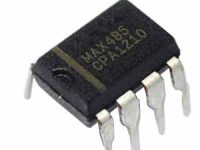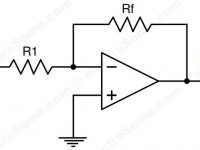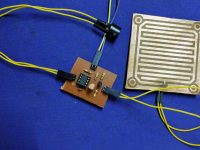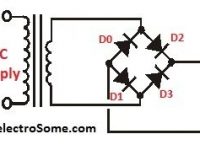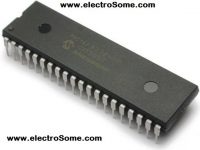More Energy Efficient Transistors through Quantum Tunneling
Researchers at the University of Notre Dame and Pennsylvania State University had announced that they had developed Tunneling Field Effect Transistor (TFET), which takes the advantage of a peculiar behaviour of electrons at quantum level.
We know that transistors are the basic building block of electronic devices that power this digital world. The growth of computing power over the last 40 years had made possible by increasing the number of transistors that integrated in single silicon chip. Now we have more than 1 million transistors in a single chip, and this generation is termed as Ultra Large Scale Integration (ULSI).
But it seems that the growth may soon be coming to an end and the Moor’s law cannot be hold good as I said in my older posts. Many of them in the semiconductor field thinks that the industry is fast approaching the physical limits of miniaturization of transistor. The major problem of today’s transistor is excessive heat generation due to power leakage. This is a great problem when we integrate millions of transistors in a single chip.
The recent discoveries made by Researchers at the University of Notre Dame and Pennsylvania State University who are partners at Midwest Institute for Nanoelectronics Discovery (MIND) shows that TFET’s are on the track to solve these problems by giving performance comparable to today’s transistors with much more energy efficiency.
They made this possible by taking the advantage of ability of electrons to tunnel through solids. This effect seems to magical at human scale but a normal behaviour at human scale. Alan Seabaugh, professor of electrical engineering at Notre Dame and the Frank M. Freimann Director of MIND says that today’s transistor acts much like a dam with moveable gate and the rate at which water flows (the current) depends on the height of the gate. By using tunnelling transistors they have new gate in which current can flow THROUGH instead of OVER the gate.
They also said that the Electron Tunnelling Devices have a long history of commercialization and we have held more than a billion of these devices in a USB flash drive as the Principe of Quantum Mechanical Tunnelling is already used for data storage devices.


